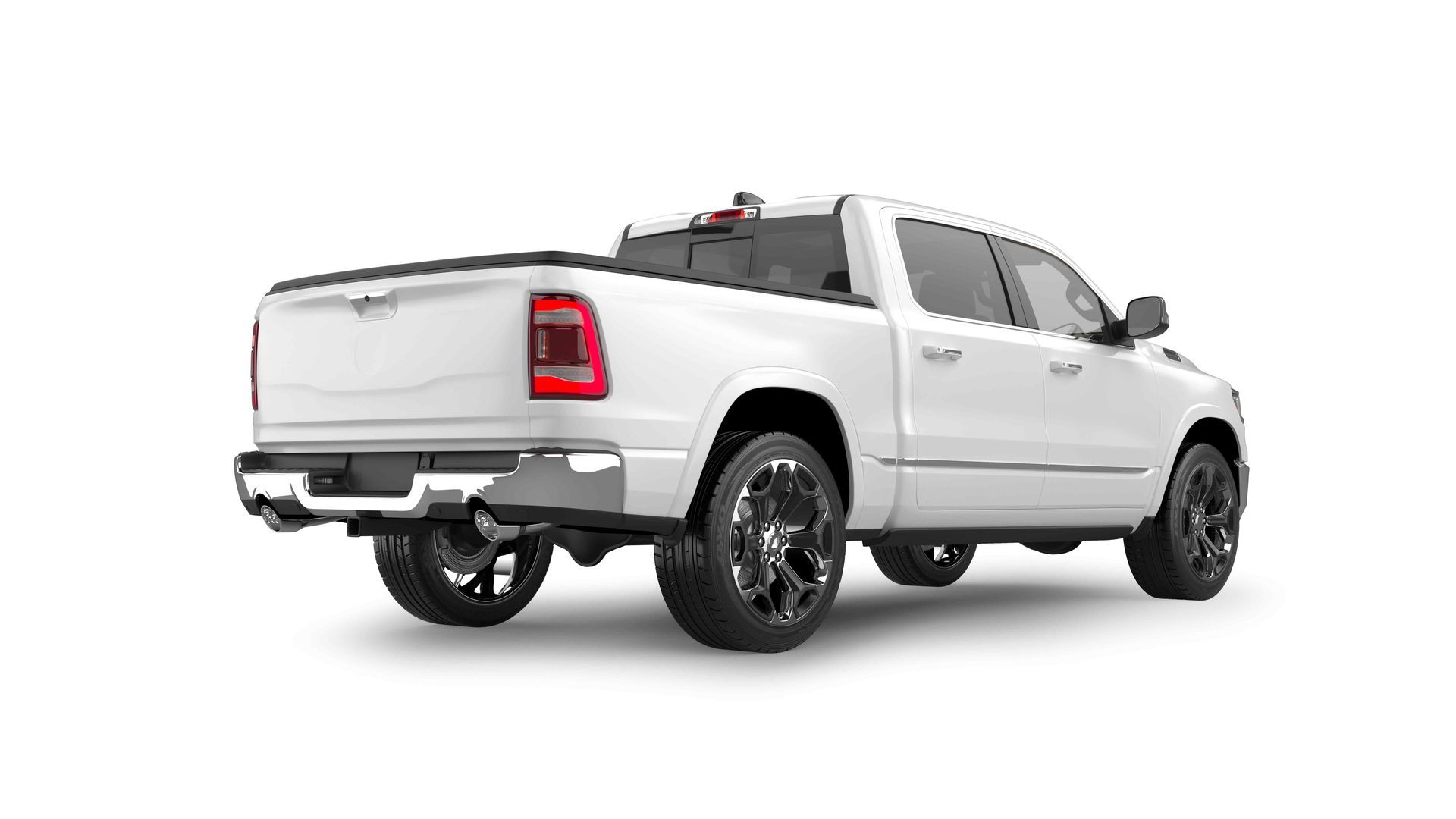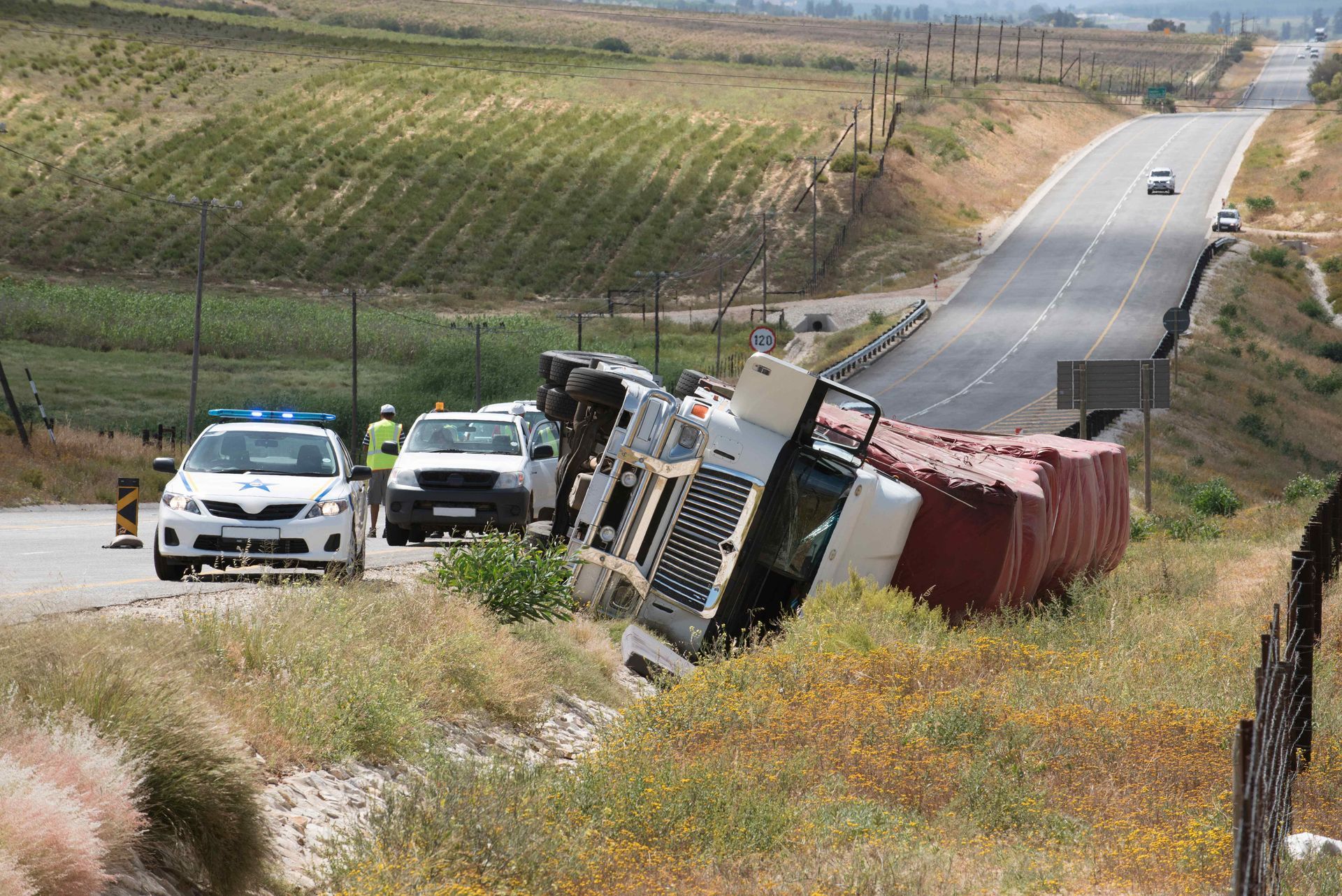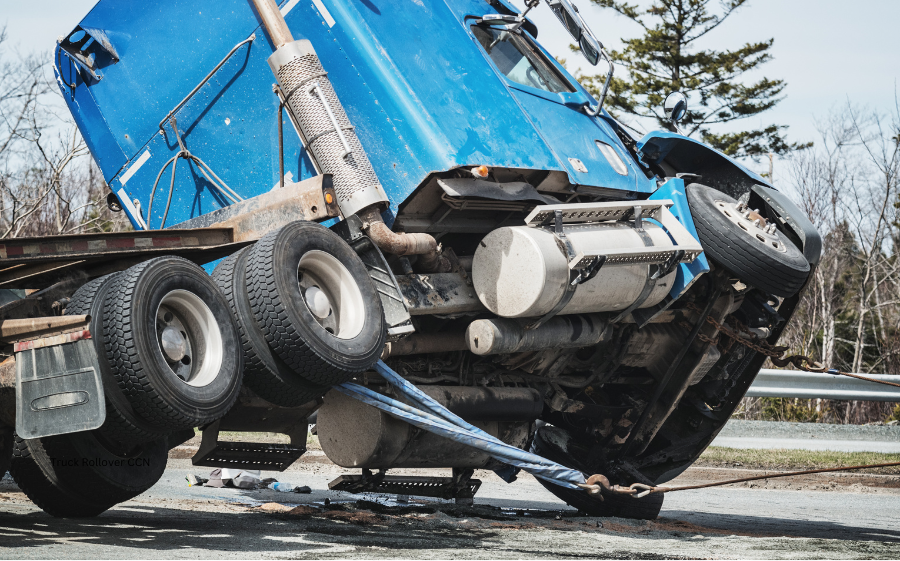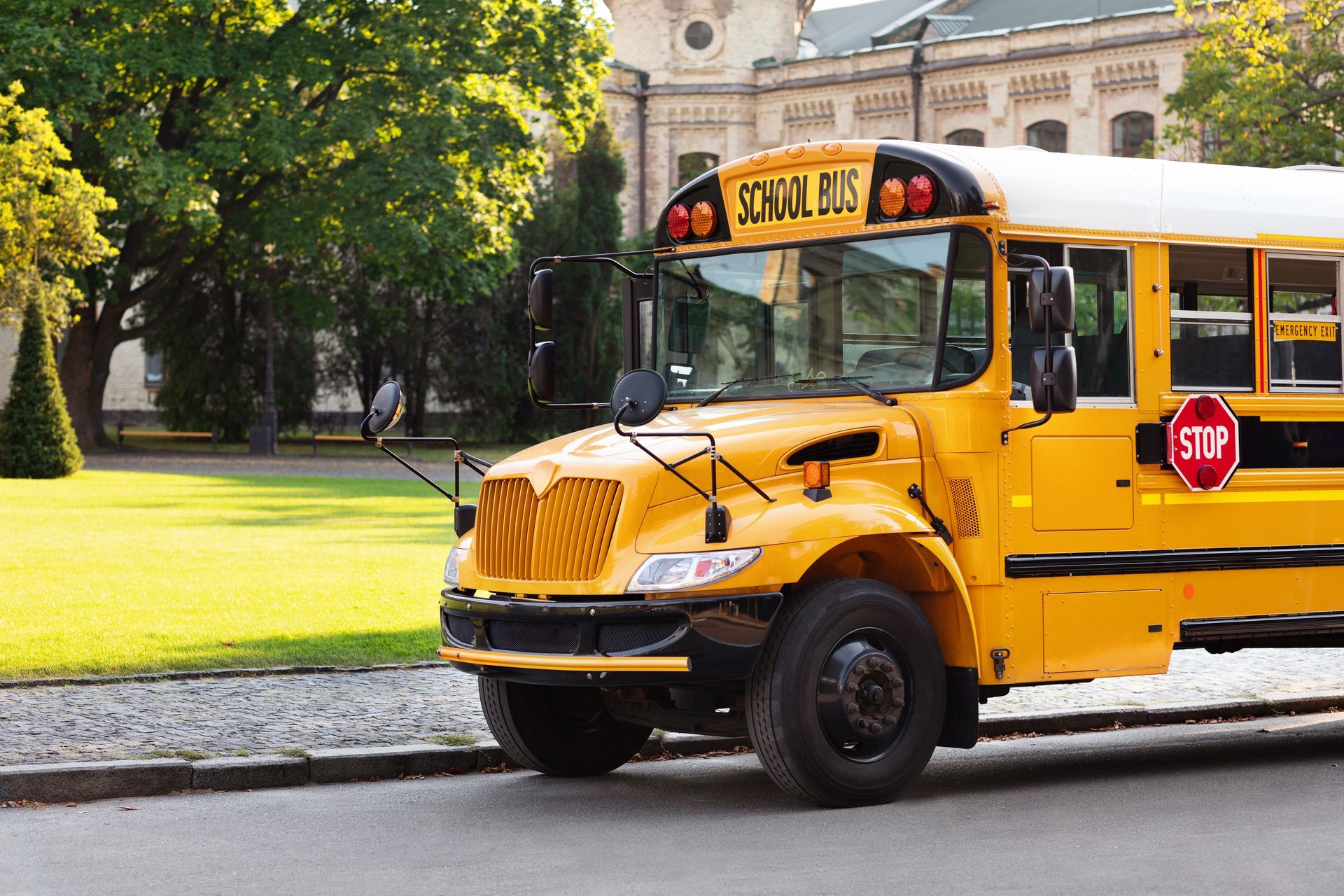Don't Call Christina Later, Call Christina Now
Follow us
Understanding and Responding to Rollover Accidents: A Guide for Drivers and Witnesses
Viewer Discretion Advised
Viewer Discretion Advised: This blog discusses the serious nature of rollover accidents, including graphic details about crash statistics and contributing factors. While the content is educational, it may be distressing to some readers. Please be aware that the content is intended for informational purposes only and is not meant to cause alarm. Reader discretion is advised.
Viewer Discretion Advised
Viewer Discretion Advised: This blog discusses the serious nature of rollover accidents, including graphic details about crash statistics and contributing factors. While the content is educational, it may be distressing to some readers. Please be aware that the content is intended for informational purposes only and is not meant to cause alarm. Reader discretion is advised.
What to Do in Rollover Accidents:
Essential Steps for Drivers and Witnesses
Rollover accidents, where a vehicle flips onto its roof or side, are among the most hazardous types of car collisions. These incidents can lead to severe injuries or fatalities. Whether you find yourself involved in such an accident or witnessing one, knowing the appropriate steps to take can significantly impact the outcome.
What to Do in Rollover Accidents:
Essential Steps for Drivers and Witnesses
Rollover accidents, where a vehicle flips onto its roof or side, are among the most hazardous types of car collisions. These incidents can lead to severe injuries or fatalities. Whether you find yourself involved in such an accident or witnessing one, knowing the appropriate steps to take can significantly impact the outcome.
If You're Involved in a
Rollover Accident:
Stay Calm and Assess Injuries:
a. Check yourself and passengers for injuries.
b. If there are injuries, call 911 immediately.
Secure the Vehicle:
a. If the car is upside down, brace yourself with one hand against the ceiling and both feet on the floor.
b. Carefully unbuckle your seatbelt.
Exit the Vehicle Safely:
a. Determine the safest exit point, considering the vehicle's position.
b. If doors are jammed, assess if windows can be safely opened or broken.
Move to a Safe Location:
a. Once out, move away from traffic and any potential hazards.
Seek Medical Attention:
a. Even if you feel fine, some injuries may not be immediately apparent.
If You're a Witness to a
Rollover Accident:
Ensure Your Safety:
a. Pull over safely, activate hazard lights, and park at a safe distance.
Assess the Scene:
a. Observe for hazards like leaking fuel, fire, or unstable vehicles.
Contact Emergency Services:
a. Call 911, providing clear details about the location, number of vehicles, and any visible injuries.
Offer Assistance Within Your Capabilities:
a. If safe, check on the occupants without moving them, especially if spinal injuries are suspected.
b. Provide basic first aid, such as stopping major bleeding or performing CPR if trained.
Provide Factual Information:
a. Give your contact details to authorities and offer an unbiased account of what you witnessed.
If You're Involved in a
Rollover Accident:
Stay Calm and Assess Injuries:
a. Check yourself and passengers for injuries.
b. If there are injuries, call 911 immediately.
Secure the Vehicle:
a. If the car is upside down, brace yourself with one hand against the ceiling and both feet on the floor.
b. Carefully unbuckle your seatbelt.
Exit the Vehicle Safely:
a. Determine the safest exit point, considering the vehicle's position.
b. If doors are jammed, assess if windows can be safely opened or broken.
Move to a Safe Location:
a. Once out, move away from traffic and any potential hazards.
Seek Medical Attention:
a. Even if you feel fine, some injuries may not be immediately apparent.
If You're a Witness to a
Rollover Accident:
Ensure Your Safety:
a. Pull over safely, activate hazard lights, and park at a safe distance.
Assess the Scene:
a. Observe for hazards like leaking fuel, fire, or unstable vehicles.
Contact Emergency Services:
a. Call 911, providing clear details about the location, number of vehicles, and any visible injuries.
Offer Assistance Within Your Capabilities:
a. If safe, check on the occupants without moving them, especially if spinal injuries are suspected.
b. Provide basic first aid, such as stopping major bleeding or performing CPR if trained.
Provide Factual Information:
a. Give your contact details to authorities and offer an unbiased account of what you witnessed.
Key Factors Contributing to Rollover Accidents:
Vehicle Type, Speeding, and Road Conditions

Trucks and SUVs Are More Prone to Rollover Accidents
- SUVs and pick-up trucks are significantly more likely to roll over in accidents compared to regular passenger vehicles. According to the National Highway Traffic Safety Administration (NHTSA), SUVs are about 3 times more likely to roll over than cars.
- In single-vehicle crashes, pickup trucks have a rollover rate of around 32.5%, compared to 16.5% for passenger vehicles (NHTSA).
Trucks and SUVs Are More Prone to Rollover Accidents
- SUVs and pick-up trucks are significantly more likely to roll over in accidents compared to regular passenger vehicles. According to the National Highway Traffic Safety Administration (NHTSA), SUVs are about 3 times more likely to roll over than cars.
- In single-vehicle crashes, pickup trucks have a rollover rate of around 32.5%, compared to 16.5% for passenger vehicles (NHTSA).

Trucks and SUVs Are More Prone to Rollover Accidents
- SUVs and pick-up trucks are significantly more likely to roll over in accidents compared to regular passenger vehicles. According to the National Highway Traffic Safety Administration (NHTSA), SUVs are about 3 times more likely to roll over than cars.
- In single-vehicle crashes, pickup trucks have a rollover rate of around 32.5%, compared to 16.5% for passenger vehicles (NHTSA).

Speeding Increases the Risk of
Rollover Accidents
- Speeding is a major factor in rollover accidents. NHTSA reports that speeding contributes to approximately 40% of all fatal crashes involving rollovers.
- Excessive speed on curves or when attempting to avoid obstacles significantly increases the likelihood of a vehicle losing control, particularly for high-profile vehicles such as SUVs or trucks.
Speeding Increases the Risk of
Rollover Accidents
- Speeding is a major factor in rollover accidents. NHTSA reports that speeding contributes to approximately 40% of all fatal crashes involving rollovers.
- Excessive speed on curves or when attempting to avoid obstacles significantly increases the likelihood of a vehicle losing control, particularly for high-profile vehicles such as SUVs or trucks.

Road Curves and Slippery Surfaces
- Sharp curves are common spots where rollovers occur, especially for trucks and SUVs. According to the Insurance Institute for Highway Safety (IIHS), vehicles are more prone to rollovers when traveling too fast through a curve.
- Wet or icy road conditions also contribute to rollover accidents, as they reduce tire traction, making it harder for vehicles to maintain stability.
Road Curves and Slippery Surfaces
- Sharp curves are common spots where rollovers occur, especially for trucks and SUVs. According to the Insurance Institute for Highway Safety (IIHS), vehicles are more prone to rollovers when traveling too fast through a curve.
- Wet or icy road conditions also contribute to rollover accidents, as they reduce tire traction, making it harder for vehicles to maintain stability.

Road Curves and Slippery Surfaces
- Sharp curves are common spots where rollovers occur, especially for trucks and SUVs. According to the Insurance Institute for Highway Safety (IIHS), vehicles are more prone to rollovers when traveling too fast through a curve.
- Wet or icy road conditions also contribute to rollover accidents, as they reduce tire traction, making it harder for vehicles to maintain stability.


Rollover Risk Based on Geography
- In hilly or mountainous areas, vehicles are more prone to rollovers, particularly during the winter months when snow and ice can make roads slippery.
- Interstate highways are another area where high-speed rollovers are common, especially on rural stretches with sharp turns and reduced barriers.

Rollover Risk Based on Geography
- In hilly or mountainous areas, vehicles are more prone to rollovers, particularly during the winter months when snow and ice can make roads slippery.
- Interstate highways are another area where high-speed rollovers are common, especially on rural stretches with sharp turns and reduced barriers.

Statistics on Truck Rollovers
- Commercial trucks (18-wheelers) are involved in rollover accidents at a higher rate than passenger vehicles. A study by the Federal Motor Carrier Safety Administration (FMCSA) found that 22% of truck crashes involve rollover accidents.
- Trucks with cargo that is not properly secured or improperly loaded are even more prone to rollovers, especially when turning sharply or braking suddenly.
Statistics on Truck Rollovers
- Commercial trucks (18-wheelers) are involved in rollover accidents at a higher rate than passenger vehicles. A study by the Federal Motor Carrier Safety Administration (FMCSA) found that 22% of truck crashes involve rollover accidents.
- Trucks with cargo that is not properly secured or improperly loaded are even more prone to rollovers, especially when turning sharply or braking suddenly.

Statistics on Truck Rollovers
- Commercial trucks (18-wheelers) are involved in rollover accidents at a higher rate than passenger vehicles. A study by the Federal Motor Carrier Safety Administration (FMCSA) found that 22% of truck crashes involve rollover accidents.
- Trucks with cargo that is not properly secured or improperly loaded are even more prone to rollovers, especially when turning sharply or braking suddenly.


Passenger Vehicles and Rollover Accidents
(City buses & School Buses)
- According to the NHTSA, rollovers account for over 35% of all highway fatalities for passenger vehicles, with speeding being one of the primary contributing factors.
- The roof strength of passenger vehicles can also impact the severity of rollovers. Vehicles with weak roofs tend to increase the risk of serious injury or death in a rollover crash.

Passenger Vehicles and Rollover Accidents
(City buses & School Buses)
- According to the NHTSA, rollovers account for over 35% of all highway fatalities for passenger vehicles, with speeding being one of the primary contributing factors.
- The roof strength of passenger vehicles can also impact the severity of rollovers. Vehicles with weak roofs tend to increase the risk of serious injury or death in a rollover crash.

Passenger Vehicles and Rollover Accidents
(City buses & School Buses)
- According to the NHTSA, rollovers account for over 35% of all highway fatalities for passenger vehicles, with speeding being one of the primary contributing factors.
- The roof strength of passenger vehicles can also impact the severity of rollovers. Vehicles with weak roofs tend to increase the risk of serious injury or death in a rollover crash.
Legal Considerations in Arizona
In
Arizona, while there's no legal obligation for a
bystander to stop at the scene of an accident,
rendering aid can be
crucial. Stopping to assist can
save lives and provide
essential support until professionals arrive. However, always
prioritize your safety and avoid actions that could put you at risk.
Legal Considerations in Arizona
In
Arizona, while there's no legal obligation for a
bystander to stop at the scene of an accident,
rendering aid can be
crucial. Stopping to assist can
save lives and provide
essential support until professionals arrive. However, always
prioritize your safety and avoid actions that could put you at risk.
Rollover accidents demand prompt and informed responses. Whether you're involved or witnessing such an event, staying calm, ensuring safety, contacting emergency services, and providing accurate information are key steps. Remember, your actions can make a significant difference in critical situations.
If you or someone you know has been involved in a rollover accident, it's essential to seek legal advice to understand your rights and options.
Contact us today for a free consultation.
Rollover accidents demand prompt and informed responses. Whether you're involved or witnessing such an event, staying calm, ensuring safety, contacting emergency services, and providing accurate information are key steps. Remember, your actions can make a significant difference in critical situations.
If you or someone you know has been involved in a rollover accident, it's essential to seek legal advice to understand your rights and options.
Contact us today for a free consultation.
Resources for Rollover Accident Safety and Legal Help:
National Highway Traffic Safety Administration (NHTSA) www.nhtsa.gov
American Red Cross - First Aid and CPR Resources www.redcross.org
Arizona Department of Transportation (ADOT) www.azdot.gov
National Safety Council - Rollover Accidents www.nsc.org
Emergency Medical Services (EMS) - Arizona www.azdhs.gov
Arizona State Law - Car Accident Legal Information www.azleg.gov
AAA - Tips for Handling Accidents www.aaa.com
American Automobile Association (AAA) - Rollover Prevention www.aaa.com
Spinal Cord Injury Resource Center www.spinalcord.org
Quick & Reliable
We are available 24/7 to Guide You to Better Health.
CALL CHRISTINA NOW is here to help 24 hours a day, 7 days a week, offering free and compassionate support. When you call us, we'll listen to your concerns, understand the specifics of your accident, help you find medical care for your injuries, and connect you with a professional who can advise you on the legal aspects of your situation.
CALL CHRISTINA NOW specializes in assisting with Lawyer and Medical Accident matters. If you've been in a car, motorcycle, or truck accident—or any other kind of accident—contact us today for trustworthy support.
DISCLAIMER:
CALL CHISTINA NOW isn't a law firm and can't provide legal advice, but we can refer you to the right attorney who can.
All Rights Reserved | Call Christina Now
Copyright © Call Christina Now Offers All Rights Reserved 2025
View Our Privacy Policy | Terms & Conditions | Disclaimer
